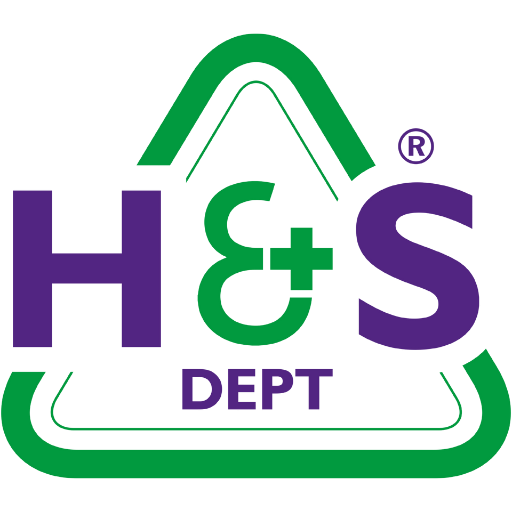The new year saw weather warnings issued by the Met Office, relating to snow and freezing temperatures around the country. In fact, the UK recorded its coldest January night in 15 years this month. The NHS warned of the risk of slips, trips and falls and urged people to stay at home during the night and early morning hours when the risk of ice was at its greatest.
It is not just ice and snow that causes accidents. Instead they are just one of the causes of slips, trips and falls that businesses face.
You may well know that slips, trips and falls (from the same level) are the most common causes of non-fatal workplace injury. The Health and Safety Executive (HSE) identified the figure to be 31% (reported by employers) in the last year, listing this as the most common cause of non-fatal workplace injury (RIDDOR 2023/24). It is the same every year.
Let’s look at what needs to be done to make your workplace safer for all.
What does the law require?
The Health and Safety at Work Act 1974 (HSW Act) mandates that employers must protect their staff as much as is reasonably practicable, and this includes eliminating or where this is not possible, reducing the risks of slips, trips and falls.
The Management of Health and Safety at Work Regulations1999 (MHSWR) asks employers to assess risks and subsequently eliminate or reduce them.
The Workplace (Health, Safety and Welfare) Regulations 1992 states that floors must be in good condition and free from obstacles, to allow staff to move around safely.
What can you do to reduce the risk?
The number one requirement will be that your business has a thorough and appropriate risk assessment, designed to identify potential risks and set out how to eliminate or reduce the risks of slips, trips and falls in the workplace.
It is paramount that you have identified the main risks that can lead to slips, trips and falls and determine the control measures needed to prevent accidents occurring. Workplaces are often dynamic spaces and as such, risk assessments should be updated on an ongoing basis, to ensure the health and safety of the workforce.
There are lots of good practices that you can adopt when creating /maintaining your risk assessment and mitigating the risk, including asking your employees for their input, updating and learning from an accident book and simply keeping your environment tidy.
We would suggest an annual review of all risk assessments, and definitely sooner, if there has been a significant change to the workplace. You should also record any accident when it happens and use this to inform reviews of risk assessments.
If your business is in construction or another high-risk industry, then consider also adding method statements into your business practice. Risk assessment and method statements (RAMS) are also becoming a standard requirement for tradespeople who are supporting a larger project.
How can we help?
We know that not all businesses can justify their own in-house health and safety team, which is why The H&S Dept is the perfect solution to ensuring that your business is complying with the law and ensuring the health and safety of your employees.
We can create risk assessments which will identify the risks for slips, trips and falls in your workplace and give you the solutions to eliminate and/or reduce the likelihood of accidents occurring in your business. This will help keep your staff safe and productive workers.
For those high-risk businesses (such as construction) we can create risk assessments and method statements (RAMS) to manage any planned work and ensure that everyone who needs to know the dangers and precautions have been communicated to effectively. They prevent misunderstandings and increase efficiency amongst your workforce.
We are the experts when it comes to health and safety, so contact us today to get started.

